The Hyundai Ioniq 6 is a unique electric vehicle that goes toe-to-toe with the Tesla Model 3, BMW i4 and Polestar 2. We found it to be an excellent alternative to its rivals and gave it our Best Buy award.
At the time of writing and in the UK, the Ioniq 6 is available in two trims: Premium, which houses a four-speaker system, and the Ultimate which comes with an eight-speaker Bose system. On review is the latter configuration.
Click here to read the full Hyundai Ioniq 6 review
Hyundai Ioniq 6 audio setup
To tinker with the vehicle’s audio settings, one has to navigate to the ‘Sound Settings’ tab on the 12.3″ infotainment system. Here, you’ll find a three-band equaliser, below are our optimal settings:
- Dynamic speed compensation: On
- Radio noise control: Original sound
- Active Sound Design: Off*
- Treble: +3
- Midrange: +0
- Bass: +2
- Balance & Fader: Centre
*We’d suggest disabling Active Sound Design as it plays unnecessary fake motor noises through the speaker system. It’s also worth highlighting that if you want the feature you’ll have to opt for the Ultimate trim, as it’s not present in the Premium trim.
To connect to the vehicle’s audio system using your smartphone, you can opt for a wireless connection over Bluetooth where the SBC and AAC codecs are supported only, or opt for higher-fidelity playback by using a wired USB connection instead. Here, both Android Auto and Apple CarPlay are supported through the infotainment system.
As for media controls, there are the onscreen touch controls, a volume wheel by the dashboard and smartly laid out physical buttons on the steering wheel, which allow you to change tracks and adjust the playback volume.
Read next: Hyundai Ioniq 5 audio review: Bose 7+1 sound system!
Hyundai Ioniq 6 audio performance
For a demo of the Ioniq 6’s audio system head on over to our YouTube channel.
When it comes to its audio configuration, the Premium trim supposedly has four speakers only – one in each door; as there’s no information on the manufacturer’s website, we’re basing our assumption on its sibling, the Ioniq 5. If and when we have any information from the manufacturer, we will be sure to update this review.
Thankfully, we can confirm the Bose system on test. There’s a speaker within each of the four doors, tweeters within the A-pillars, a centre speaker in the dashboard and an upward-firing subwoofer in the boot. Alas, much like the stock system, we don’t have any information on the driver sizes or the total wattage.
The addition of a subwoofer certainly helps bolster that low-end extension, and over the Premium system will undoubtedly provide a heightened experience for bassheads. However, the upward-firing speaker is still rather tame when compared to the upgraded systems of the Tesla Model 3, Polestar 2 and BMW i4. In songs such as T-Pain’s ‘Ur Not The Same’ which demands a hearty rumble, the Ioniq 6’s subwoofer falls short and fails to provide those extended tones in the lower echelons of the frequency range.
Similarly, the mid-bass tones aren’t as refined as one might expect in the Ioniq 6. Yet again, the Bose system doesn’t meet expectations; especially given the American’s pedigree in this department with its consumer products (from headphones to soundbars), one would have expected pinpoint control. Alas, that’s not quite the case, with the bass tones a tad uncontrolled. With that said, there’s plenty of quantity, especially with two notches added onto the Bass EQ.
Read next: The best dash cams to mount inside your vehicle
Another area of weakness is the system’s inability to provide forward-sounding mids. Ella Mai’s silky smooth voice in ‘Boo’d Up’ isn’t convincingly reproduced in the Ioniq 6 – indeed, the Bose audio system sounds recessed and pushed back, namely when compared to Tesla’s audio system which excels in this department. Yet again, we found it odd given Bose’s heavy emphasis on the mids in its consumer-facing products. It should be highlighted that one could ramp up the midrange EQ through the infotainment system, but doing so will reduce accuracy throughout the frequency band; as such, we left it untouched.
On the plus side, the highs extend well at the top end, especially at the front of the cabin where one is treated with dedicated tweeters. These speakers, which are dedicated to the high-end frequencies, provide some zing at the top end. They’re not overzealous either, resulting in an agreeable sound no matter the media volume. Unfortunately, however, there are no extra drivers at the rear of the cabin and as such the treble extension is limited.
One could say the same thing about its soundstage, as the lack of extra audio drivers at the rear negatively impacts instrument separation. At the front, the system fares a bit better but still lacks spaciousness – width and depth are limited, wherein comparison to its competitors, the 7+1 Bose sound system falls short.
Finally, onto cabin noise, the Ioniq 6 does an excellent job at keeping exterior noise down to a minimum. Especially if you opt for the £995 Digital Side Mirrors (DSM) option in the Ultimate trim, you’ll find wind noise is practically inaudible. Granted, there’s a bit of tyre noise that creeps in at higher speeds, but it’s minimal. Using a sound meter we recorded, 36 dBA at a standstill; 54-56 dBA, while driving at 20-30mph; 57-61 dBA, while driving at 40mph; and 69-71 dBA when at 70mph.
Read next: Tesla Model 3 audio review: Better than the Polestar 2?
TotallyEV’s verdict on the Hyundai Ioniq 6’s audio system
Frankly, we expected better from Hyundai’s partnership with American audio manufacturer, Bose. The system falls short in many areas, and when compared to its rivals it’s completely outclassed. Granted, consumers who aren’t too fussed about audio quality will find the system provides an upgrade over the stock four-speaker configuration, but those who expect audiophile-grade sound reproduction will be left disappointed.
Find the best Hyundai Ioniq 6 deals
How would you rate the Hyundai Ioniq 6’s audio system? Let us know in the comments section below or via social media; we’re on: YouTube, Instagram, Facebook, Twitter and LinkedIn.

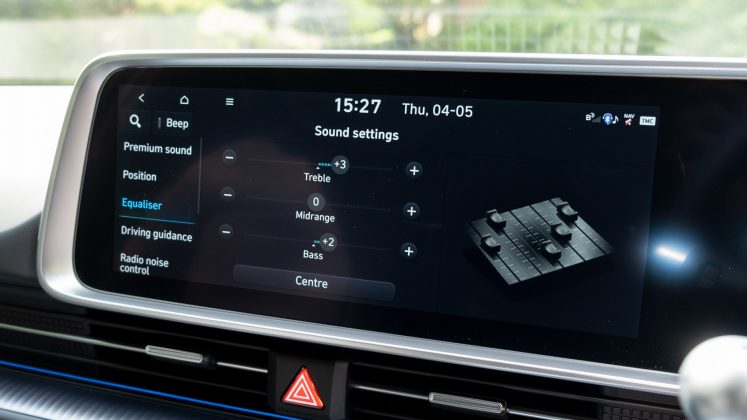
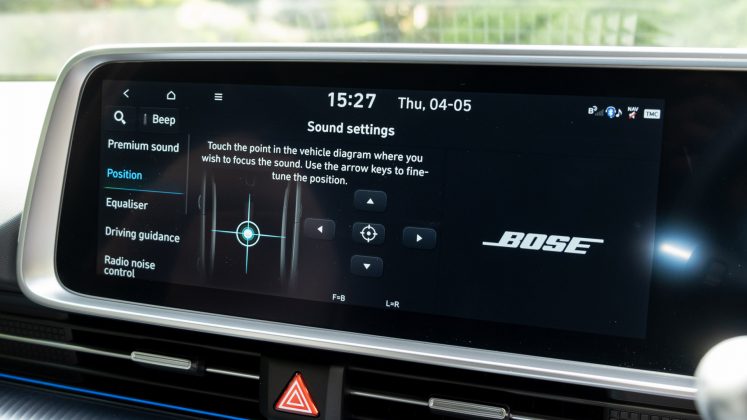
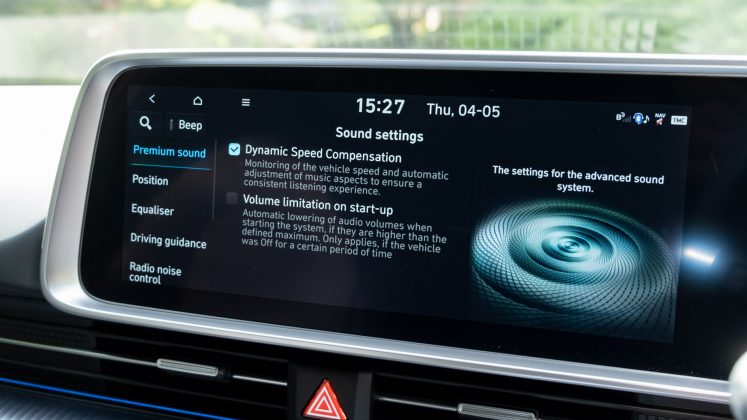
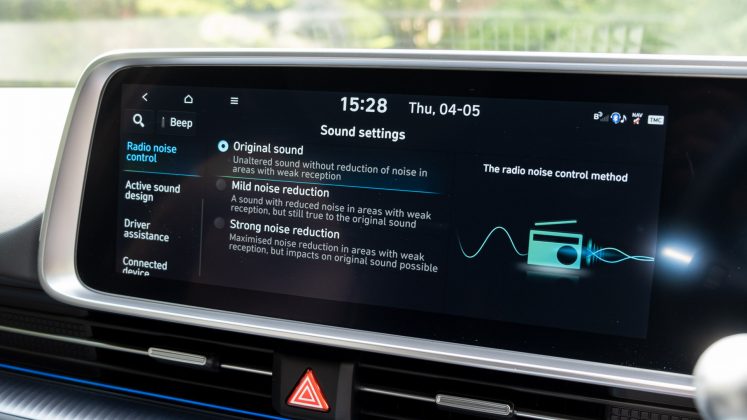
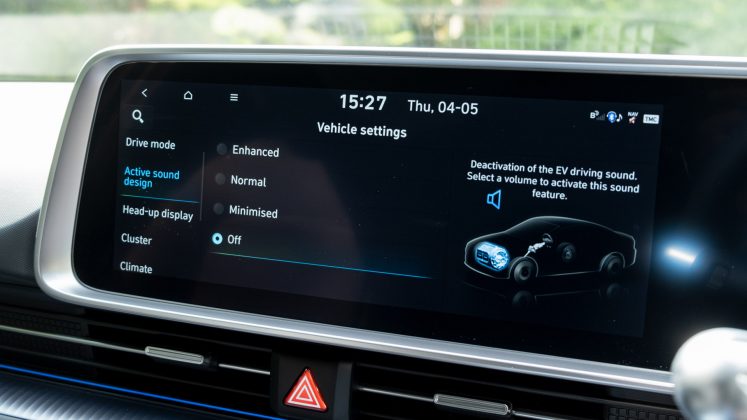
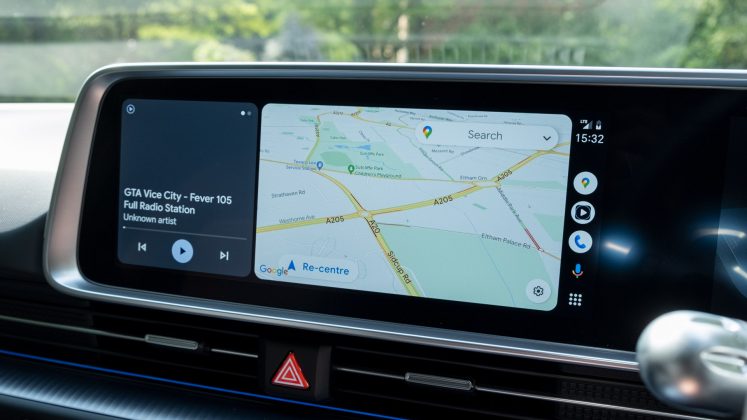
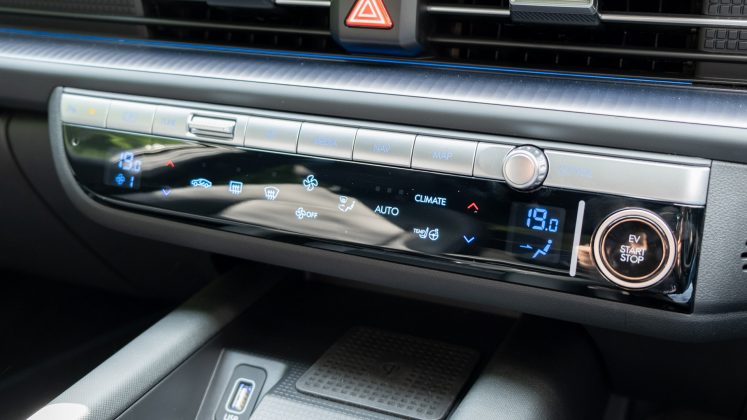
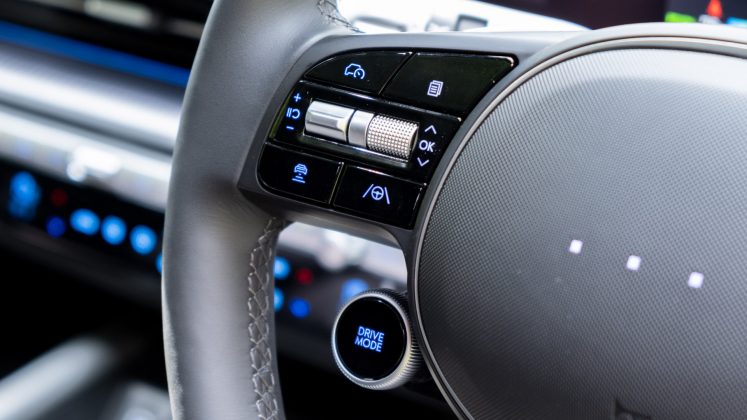
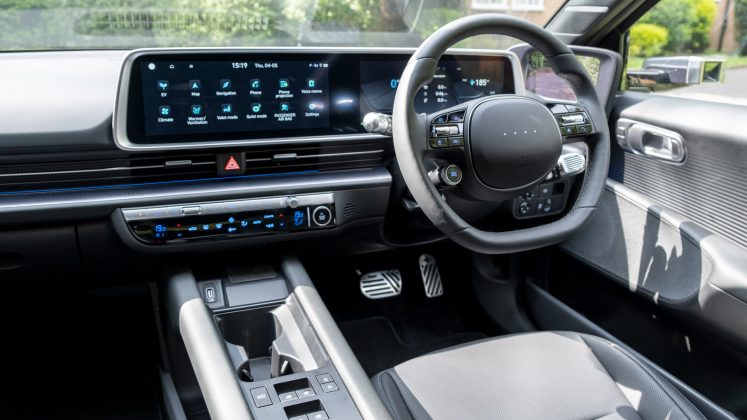
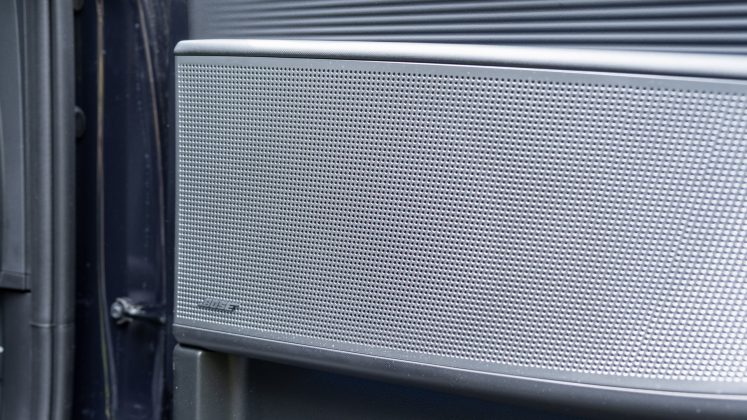
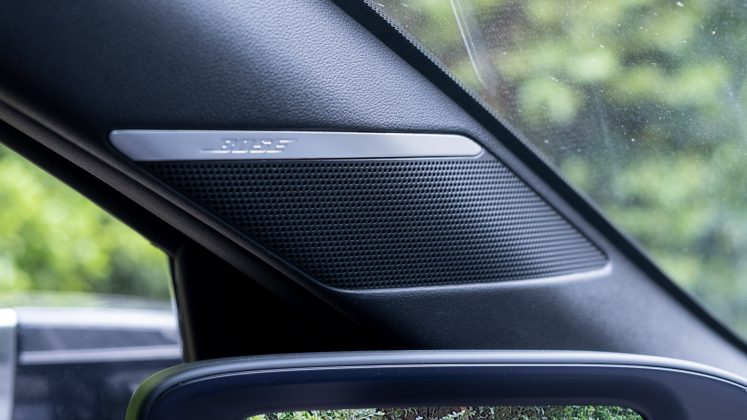
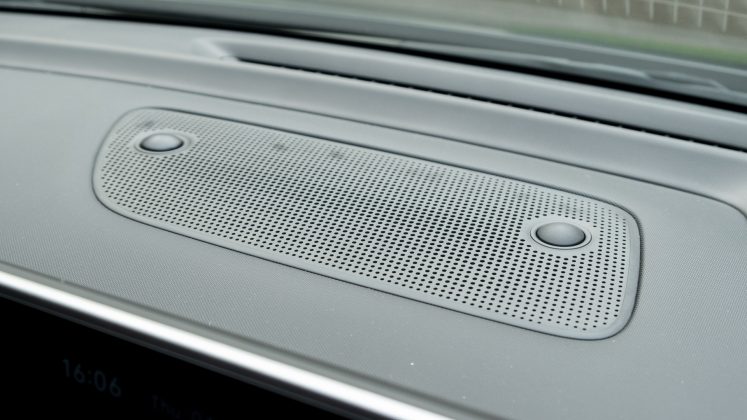
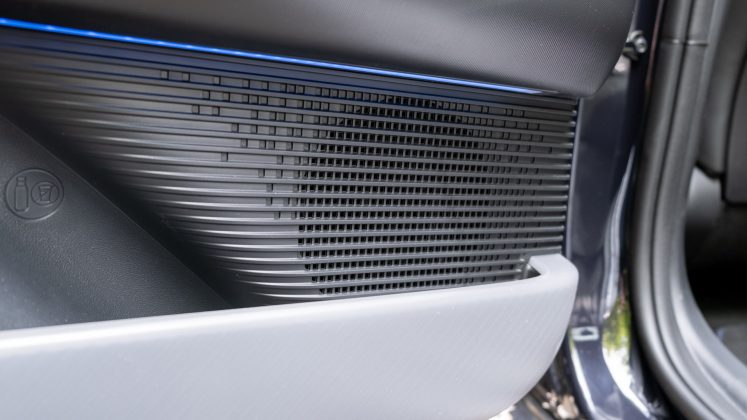
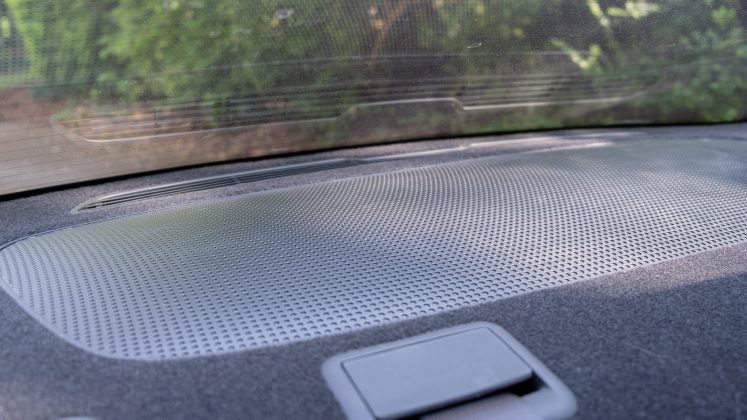
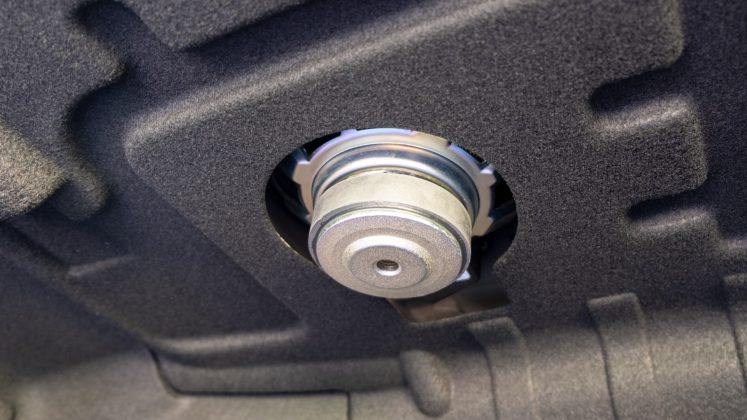
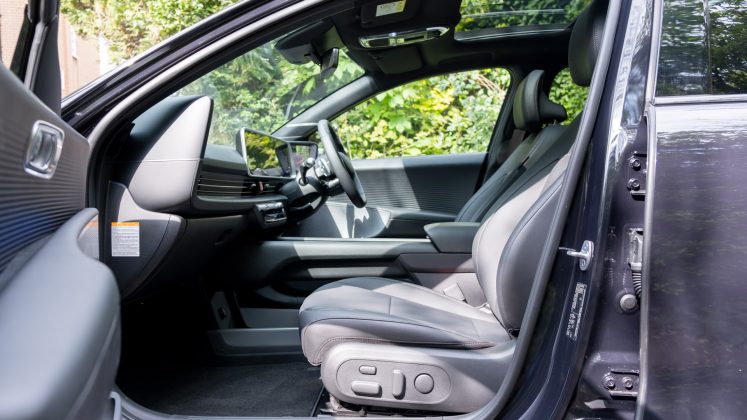
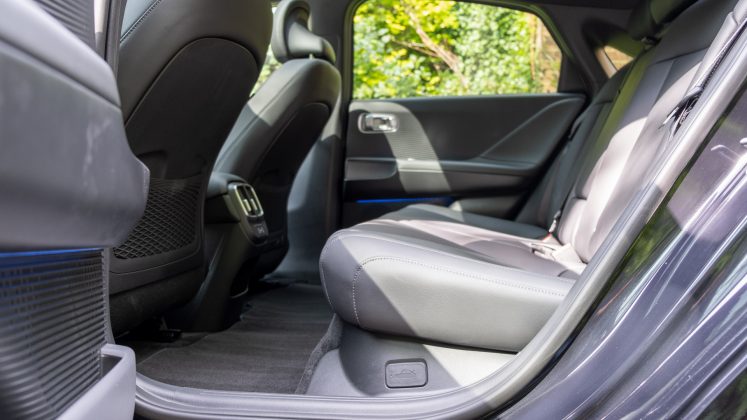
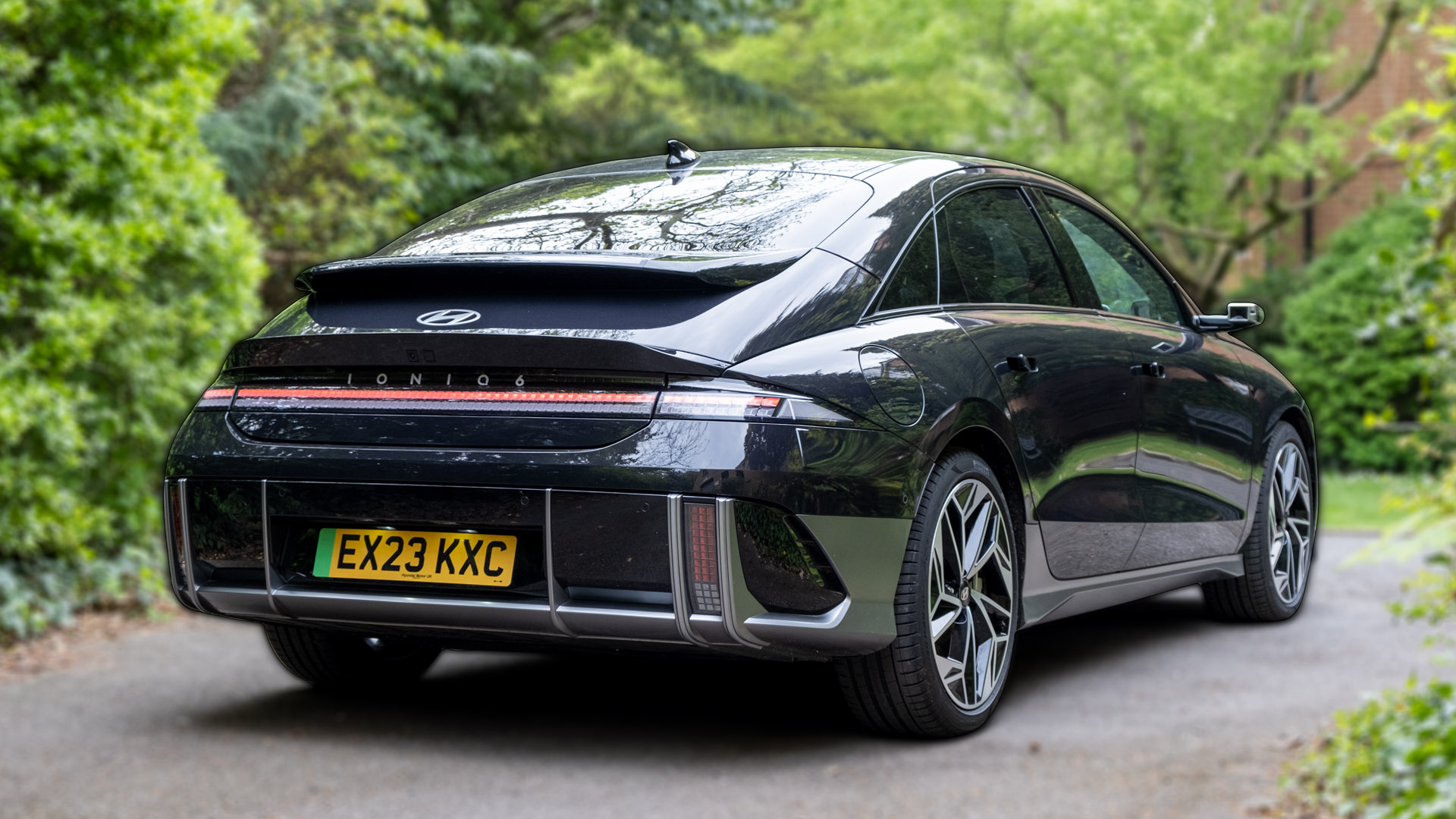




What would you recommend to beef up the sound system on the Ioniq 6?
I have heard about the amp upgrades from Sweden and company called Musway.
What do you think?
Michael
Amp upgrade could be a good start, but realistically if you want to make a big difference, you’ll want to be changing the individual audio drivers; best seeking the advice of your local audio specialist to see what’s feasible (for your budget).